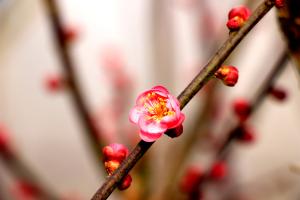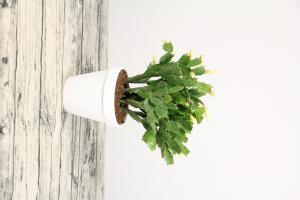Pruning timing
Pruning of Chinese vine is very necessary. When breeding Chinese vine, because Chinese vine grows rapidly and the plants are tall, it is easy to become messy, and there are too many branches that fall to the ground. Moreover, rattan roses need to be attached to other things, such as fences, railings and arches. If they are not trimmed, it will easily affect the shape
In addition, if the branches of lianben rose are too dense during growth, it will affect ventilation and light transmission, prone to diseases and insect pests, and will no longer be luxuriant
Therefore, pruning is a very important step in breeding vines, but in the first three years of plant growth, do not prune the trunk first, and it is better to prune after the plant type is relatively stable
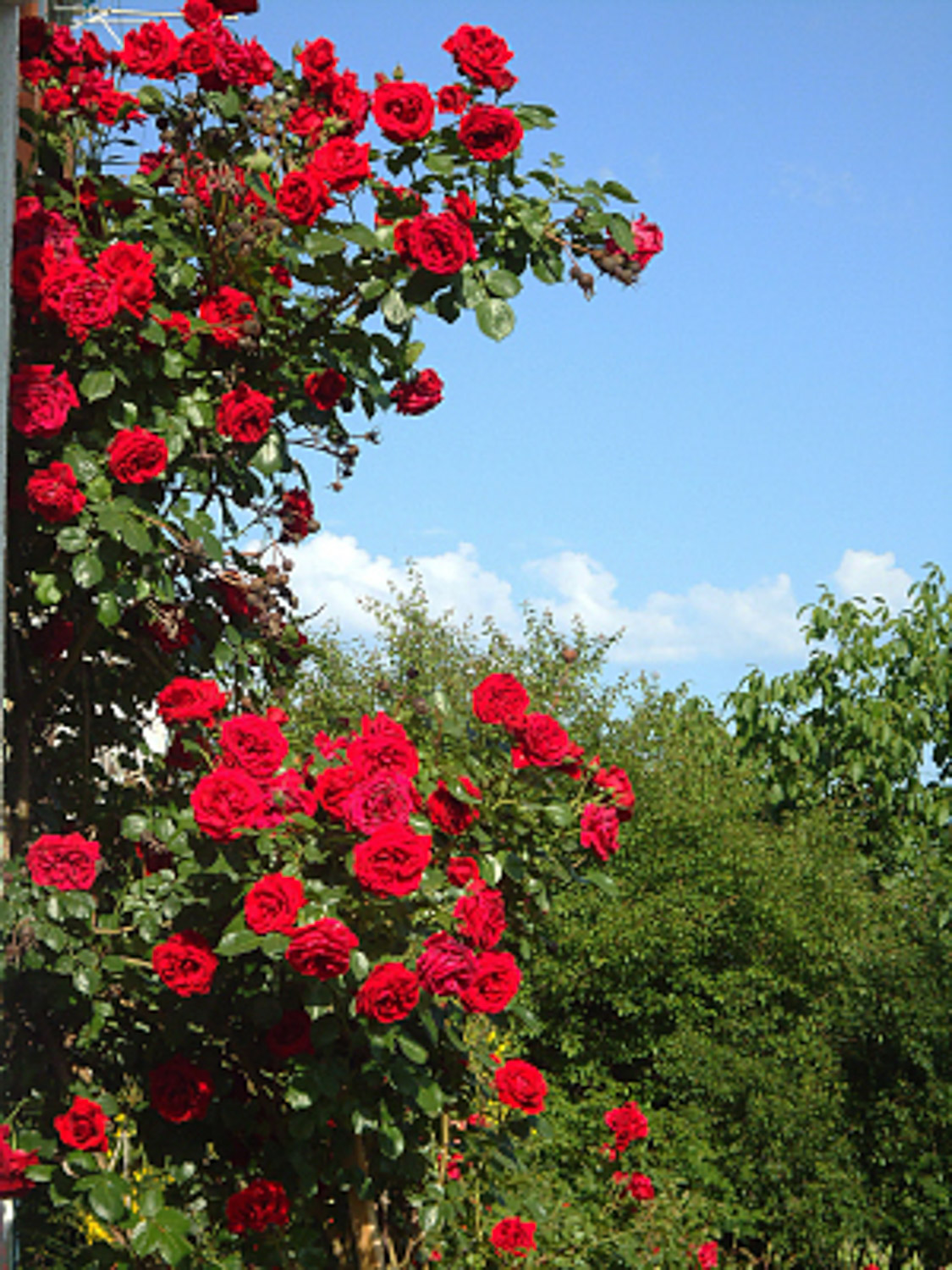
Winter pruning
The pruning of rattan rose is mainly winter pruning. When cutting in winter, it should be carried out after its growth has completely stopped. Do not prune too early. To avoid freezing injury
When pruning in winter, prune the over dense, overgrown, dead and diseased branches on the plant to make its distribution more reasonable. When pruning the main and side branches, pay attention to retain the side buds, which can promote the development of new branches and make them easier to climb and grow. The new branches born in that year should be shrunk and cut to the lignified part to retain strong buds
It should be noted that in order to ensure the flowering in spring, pruning should be carried out at this time, and light pruning is preferred
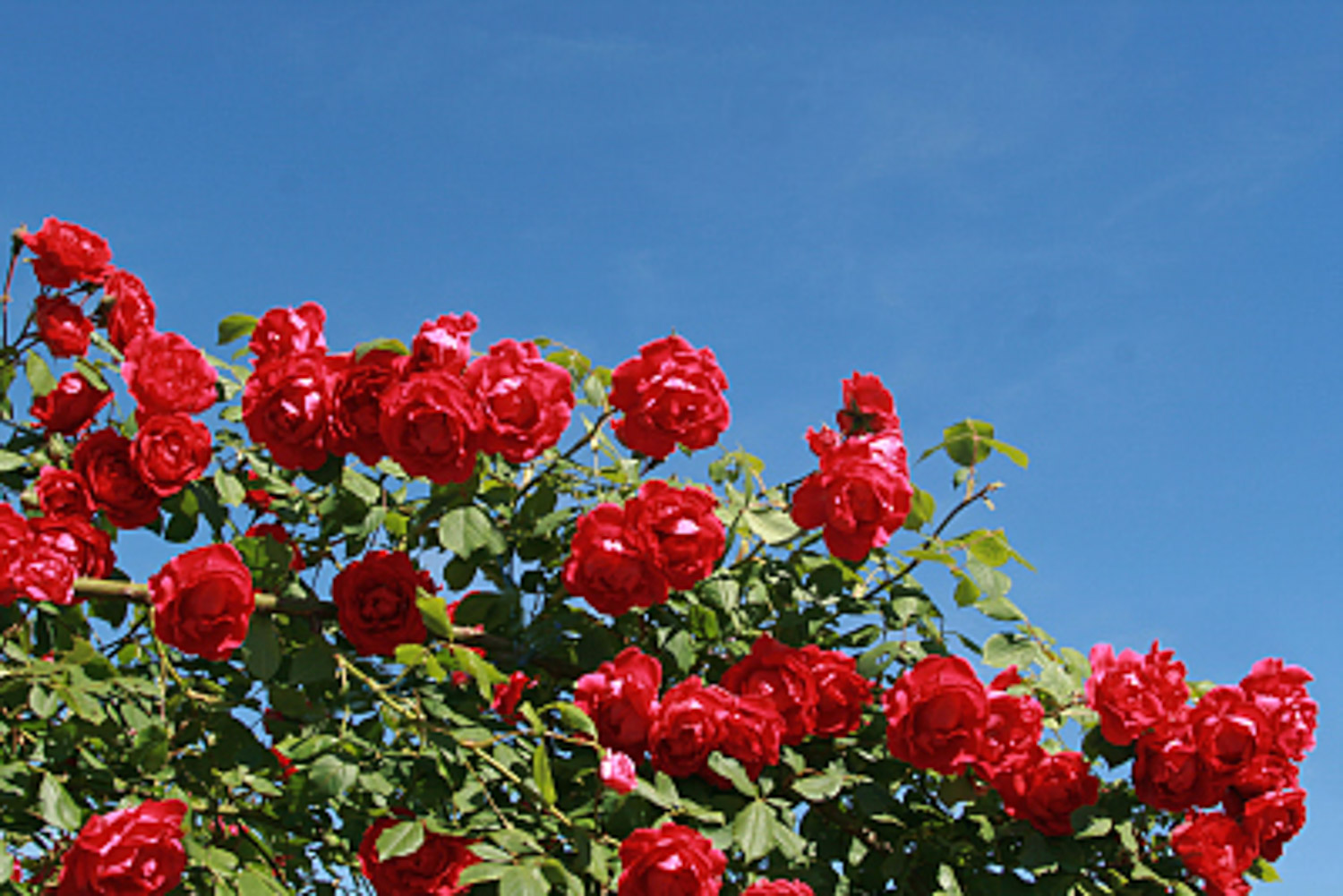
Post flower pruning
In addition to winter pruning, at other times, the main work is post flower pruning. No matter how many roses blossom, they need to be pruned at one time
The main flowering period of lianben rose is spring. At this time, the amount of flowers is the largest and the flowering is the best. After flowering, pruning is generally carried out from the end of June to July, mainly to prune the flowering branches that have failed. In addition, it is also necessary to supplement the winter shear, cut off the newly grown branches with poor growth in spring, and trim the over dense branches to facilitate the ventilation and light transmission of the plant< span>
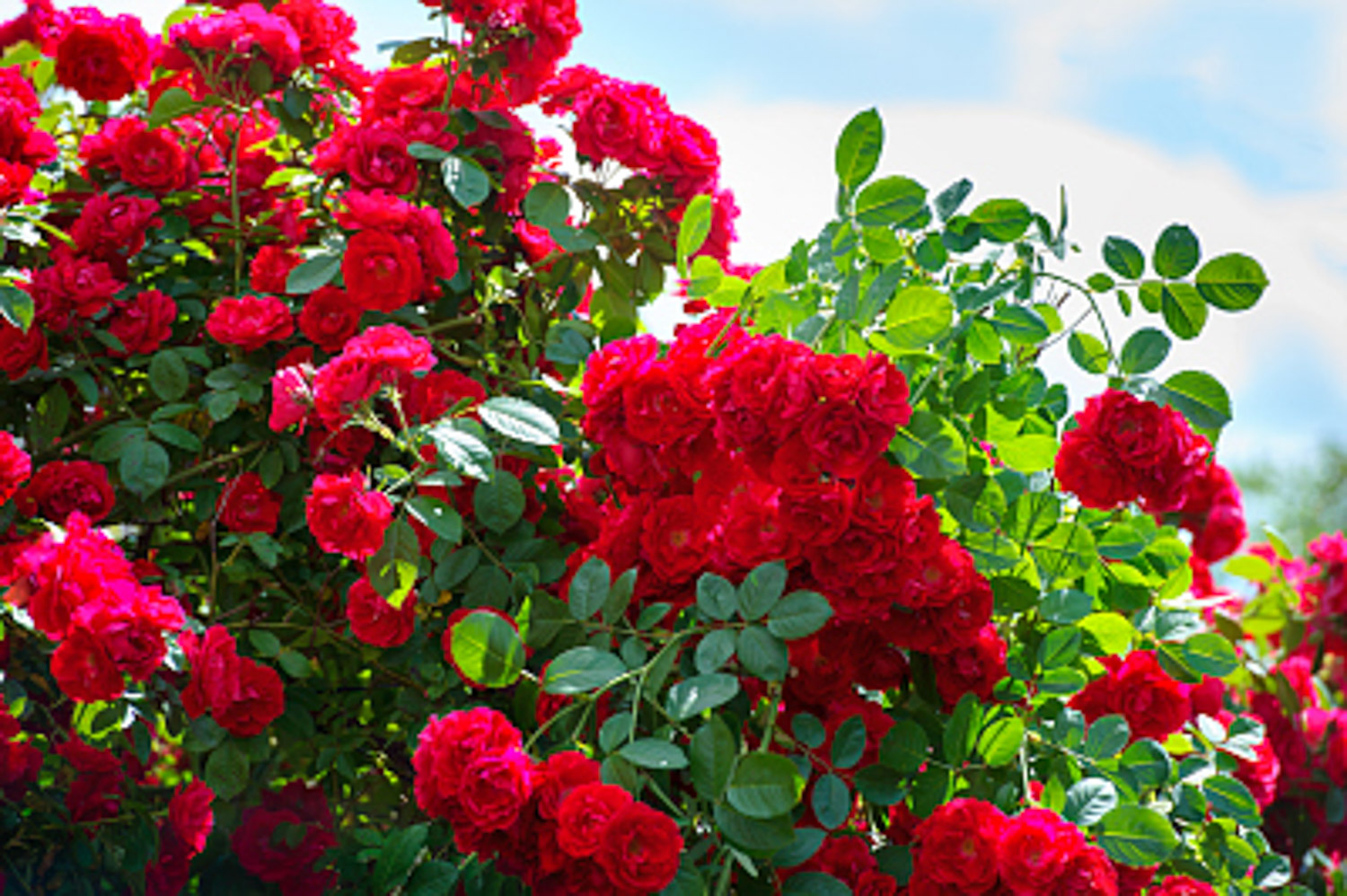

 how many times do yo...
how many times do yo... how many planted tre...
how many planted tre... how many pine trees ...
how many pine trees ... how many pecan trees...
how many pecan trees... how many plants comp...
how many plants comp... how many plants can ...
how many plants can ... how many plants and ...
how many plants and ... how many pepper plan...
how many pepper plan...
